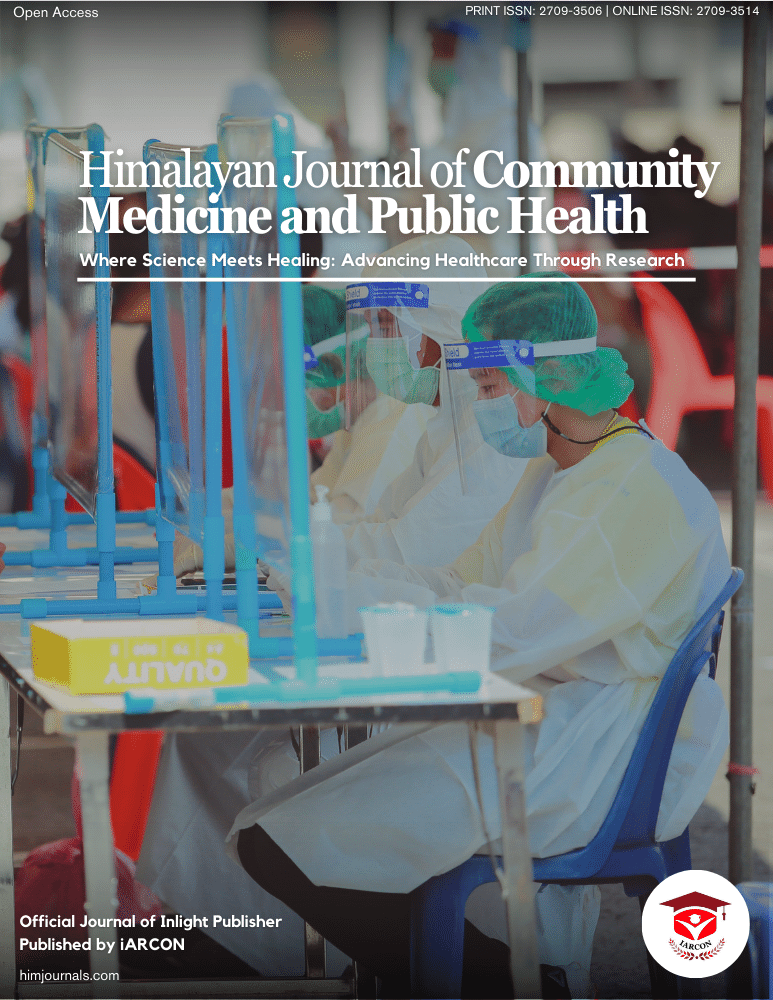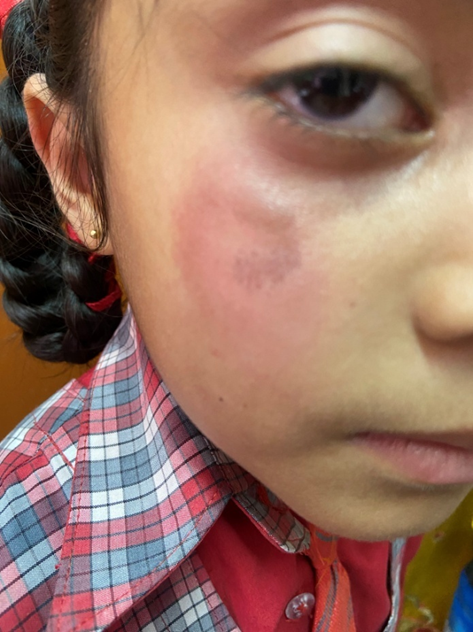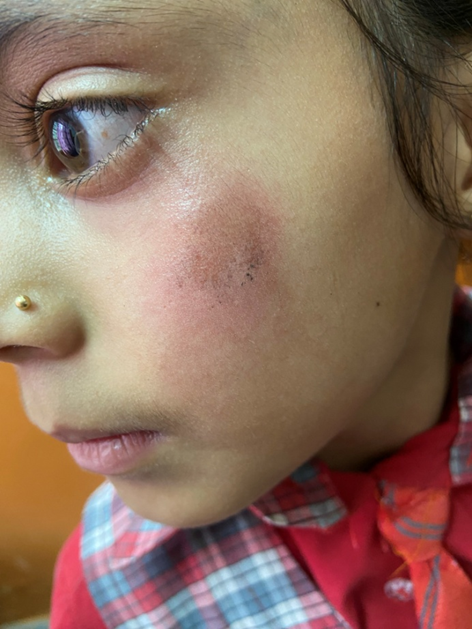Parvovirus B19 (B19V) infection is wide- spread and associated with a heterogeneous clinical spectrum, ranging from asymptomatic to potentially life-threatening events, such as aplastic crisis in chronic haemolytic anaemia, hydrops fetalis, neurological diseases and arthropathy [7]. This infection usually causes erythema infectiosum (EI), a benign self-limiting disease characterized by typical cutaneous manifestations (slapped cheek appearance with perioral sparing followed by a diffuse maculopapular rash evolving to a reticular pattern) [8]. B19 infection should be considered in the differential diagnosis of patients with any kind of rash fever illness in children, E.I. is one of them. EI has a worldwide distribution, with school outbreaks in late winter and early spring. It affects primarily the 4-10-year age group. E.I. is characterized by confluent erythematous, edematous patches or plaques on the cheeks, with sparing of the nasal bridge and periorbital regions. The rash spreads to the trunk and extensor extremities, which undergo patchy clearing resulting in a lacy reticular pattern. Occasionally, mild prodromal symptoms precede the rash; these include low-grade fever, headache, pharyngitis, malaise, myalgias, nausea, diarrhoea, and joint pain.
Infected persons experience three overlapping stages: a "slapped-cheek" facial rash (Fig. 1), a lacy or reticular body rash, and an evanescence/recrudescence stage [5].
The first stage occurs 3-7 days after the prodrome and is characterized by the appearance of a bright erythematous facial exanthem. Red papules on the cheeks rapidly coalesce in hours to form red, slightly edematous, warm, erysipelas-like plaques symmetrically on both cheeks [1]. This exanthem tends to spare perioral areas and the nasal bridge, resulting in the classic "slapped cheek" appearance. It is exacerbated by sunlight exposure, tends to be manifested more commonly in children than in adults, and typically fades in 2-4 days [9].
The second stage of the disease occurs 1-4 days after the facial exanthem and consists of an erythematous maculopapular rash on the trunk extending to thebuttocks and extremities [1]. At this time a central clearing of the rash results in a characteristic reticular pattern [10]. This reticular rash has proximal extremity emphasis and dorsal ventral spread. Although the disease is known as slapped-cheek disease, the reticular pattern is distinctly characteristic and may be its only manifestation [6]. This pattern typically fades in 1-2 weeks [1].
In the third stage, which may last 1-3 weeks, the exanthem fades and reappears in previously affected sites [1]. This may vary in relation to factors such as emotional upset, heat, and sunlight exposure [11]. The rash eventually fades without scarring.
During hospital stay, the patient was started on empirical antibiotics, but the symptoms did not resolve, moreover the blood culture was sterile, WIDAL and ASO titers were insignificant and, autoimmune workup was negative, clinical possibility of viral exanthem was considered. Further investigations revealed the causative agent of the disease. IgM ELISA was found to be positive for B19 specific IgM antibodies. Severe myalgia, edema and tenderness over calf muscles were suggestive of myositis. Serum LDH and CPK level were elevated. On the basis of these clinical features and investigations, the diagnosis of erythema infectiosum with myositis was made. Thus, we document a case of erythema infectiosum in a 7 year girl child who presented with classical slapped cheek appearance and lower limb myositis.



